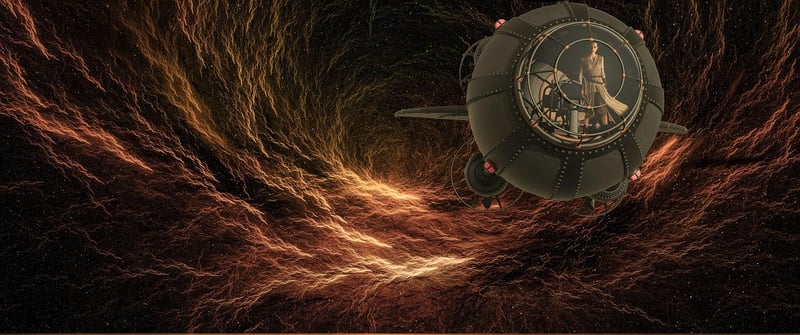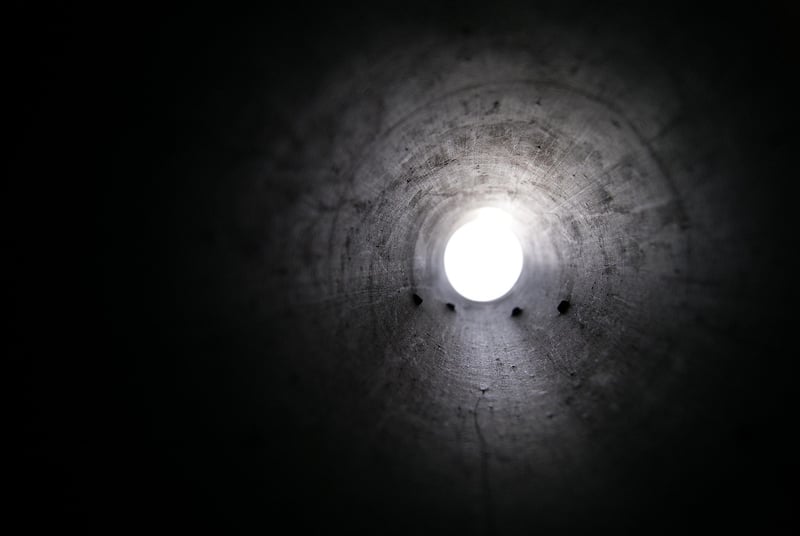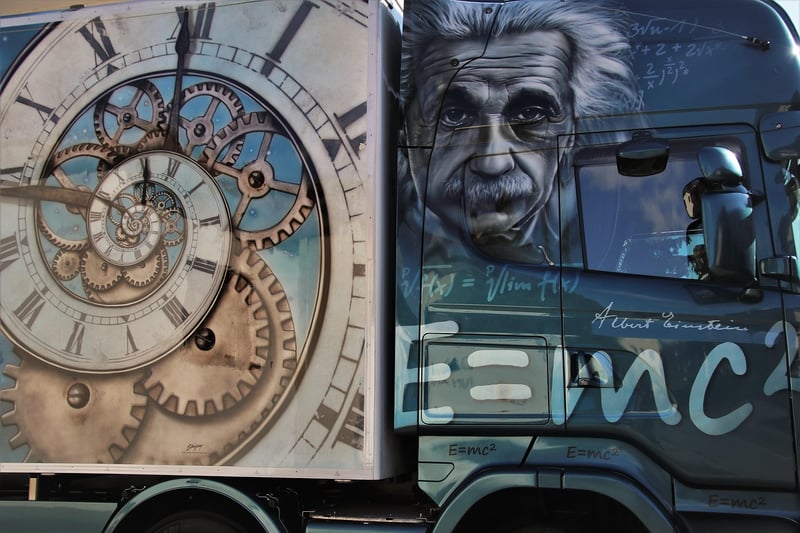Time Warp Theories
Mechanisms and Theories of Time Warp
Introduction
Time warp, a concept that has fascinated many, refers to the manipulation or distortion of time. Various mechanisms and theories attempt to explain how time warp could occur, challenging our understanding of the fabric of time itself.
Mechanisms of Time Warp
Scientists and science fiction writers have proposed several mechanisms that could potentially lead to time warp:
Wormholes
One popular theory involves the use of wormholes, hypothetical passages through spacetime that could create shortcuts for travel through both space and time.

Time Dilation
According to Einstein's theory of relativity, time dilation occurs when an object is moving at speeds close to the speed of light, causing time to pass differently for the moving object relative to a stationary observer.

Black Holes
Black holes, with their intense gravitational pull, could potentially warp spacetime to such an extent that time itself could be distorted near these cosmic phenomena.

Time Warp Theories
Several theories attempt to explain the possibility of time warp:
Grandfather Paradox
The grandfather paradox suggests that if a time traveler were to go back in time and prevent their grandparents from meeting, it would create a paradox where the time traveler would never be born.
Multiverse Theory
According to the multiverse theory, there are multiple parallel universes, each with its timeline. Time warp could involve traveling between these parallel universes and timelines.
Quantum Entanglement
Some theories propose that quantum entanglement could be used to create a connection between particles that transcends spacetime, potentially allowing for communication or travel across time.
Time warp remains a fascinating concept that continues to captivate the imagination of scientists, writers, and enthusiasts alike.
